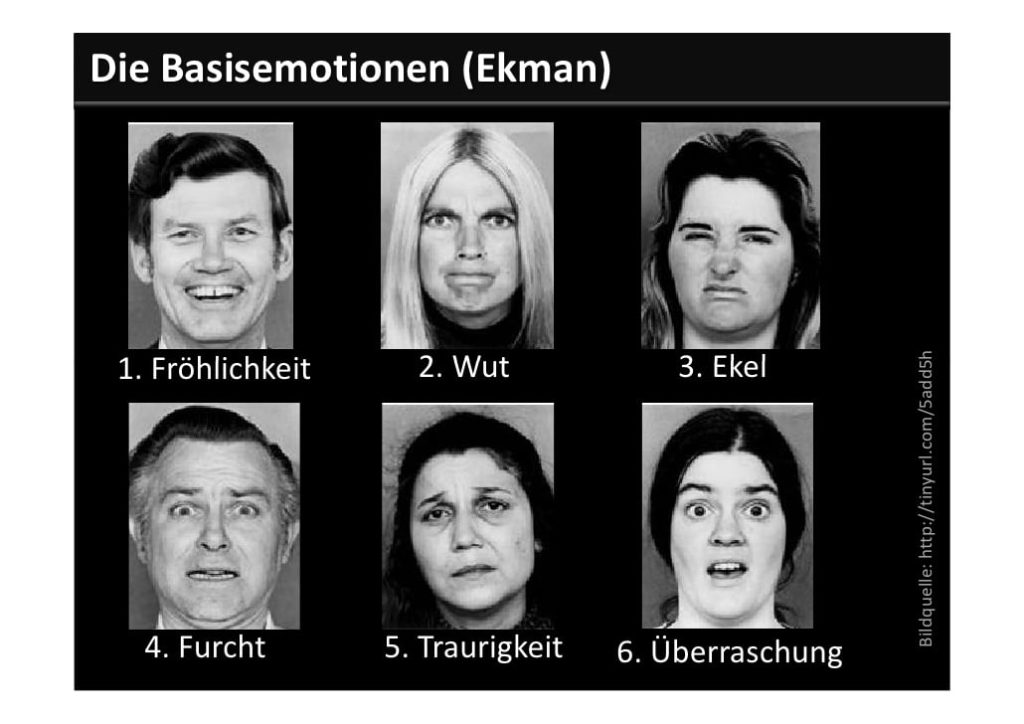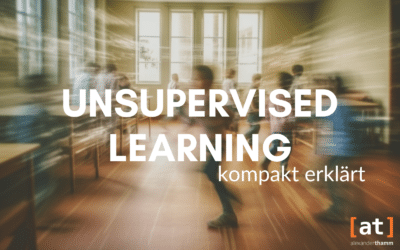What if, in the future, a car's AI could recognise the driver's emotional state? At the Consumer Electronics Show CES in LA this year, just such a concept was presented. It scans biometric data, recognises and opens the doors for authorised persons and automatically adjusts the music to the mood of the occupants. Humans are emotional beings and computers are getting better at understanding and interpreting human emotions. Affective Computing is the name given to the field of artificial intelligence research - still experimental in many cases at the moment - in which computers learn to recognise basic human emotions and even imitate them themselves.
In our overview article we explain the basic differences of the AI termssuch as artificial intelligence, artificial neural networks, machine learning and deep learning.
Inhaltsverzeichnis
How machines learn to understand people
Developments in the field of artificial intelligence, or more precisely Machine Learning and Deep learning methods lead to the fact that intelligent Algorithms recognise and interpret images better and better. This is the basis of affective computing because Images the data basis for understanding emotions deliver.
Another key to understanding human emotions and facial expressions comes from psychology or semiotics. Research from this field helps to systematise and subsequently decode the encodings of emotional expressions.
The field of Machine Learning arouses your interest? Take a look at our Machine Learning training course
The research of Paul Ekman is exemplary for this. According to him, the so-called "Basic emotions" coded uniformly worldwide and universally understandable. Accordingly, they can be described and classified uniformly and are thus recognisable for intelligent programmes.

If intelligent systems are equipped with image databases or image recognition systems, they can similarly systematise and categorise many more facial expressions based on minute distinguishing features. For this Learning process need Algorithms Feedback. They get this from the employees of MIT, for example. Every day when they enter their workplace, they have their face scanned by an AI and indicate what mood they are in at the moment. In this way, intelligent systems learn to understand more and more emotional expressions.
Application areas of affective computing
Affecitve computing can be used for different application areas. One area in which both the understanding of affects and the simulation of human emotions are necessary is the Robotics. There, for example, much higher success rates can be achieved in the area of care and rehabilitation or Ambient Assisted Living if intelligent robots can understand the emotional state of their counterparts and simulate an adequate emotional reaction to it. The same applies to virtual assistantswho can better understand their human counterparts thanks to affective computing and who, thanks to the Simulation of feelings seem more human.
Beyond robotics, there are numerous other areas of application in which affective computing can be used. These include, above all, all kinds of Learning and educational contextsbecause here an emotional component contributes significantly to learning success. But the following areas will also benefit from affective computing:
- Games industryEvaluation of user feedback for more safety (e.g. reduction of violence in video games).
- Service and healthcare sector: Recognition of callers' emotions (e.g. in suicide help).
- Chatbots: Understanding the emotional reaction of the human counterpart (reduction of misunderstandings).
- Automotive: Analysis of the emotional states of the drivers (e.g. to individualise the entertainment).
- Text mining: Improving the analysis possibilities of texts (e.g. for product reviews).
The interface between man and machine
In more general terms, affective computing is located at the interface between humans and machines. Even today, one of the central concerns of artificial intelligence is to better understand people. Be it through Speech or image recognition systems. In this respect, affective computing represents a logical development of this trend.
In the development of Chatbots Artificial intelligence already plays a key role in the field of human language, for example, when it comes to understanding the natural, spoken language of humans. Affective computing is a further building block in the attempt to understand the Interface between man and machine better.
Artificial emotional intelligence as a further development of AI
The developments in the field of affective computing can be understood as a "natural" further development of AI research. The goal is first of all to communication skills of machines. At the same time, this opens up new scope, for example in the Collaboration of humans and machines. When intelligent machines such as robots learn to better understand the emotional states of people in their environment, the Acceptance of computer-based systems in different areas such as care, rehabilitation, medicine, education or the gaming industry.
Last but not least, affective computing also promises the Security in the working environment. Particularly in critical environments such as hospitals or other dangerous working environments, hazardous situations can be defused. By being able to recognise stressful situations of workers or emotional states of emergency at an early stage, certain work areas can also be made safer. Many developments in the field of affective computing are still in their infancy. Nevertheless, the enormous potential that lies in this development is already clearly apparent today.










0 Kommentare